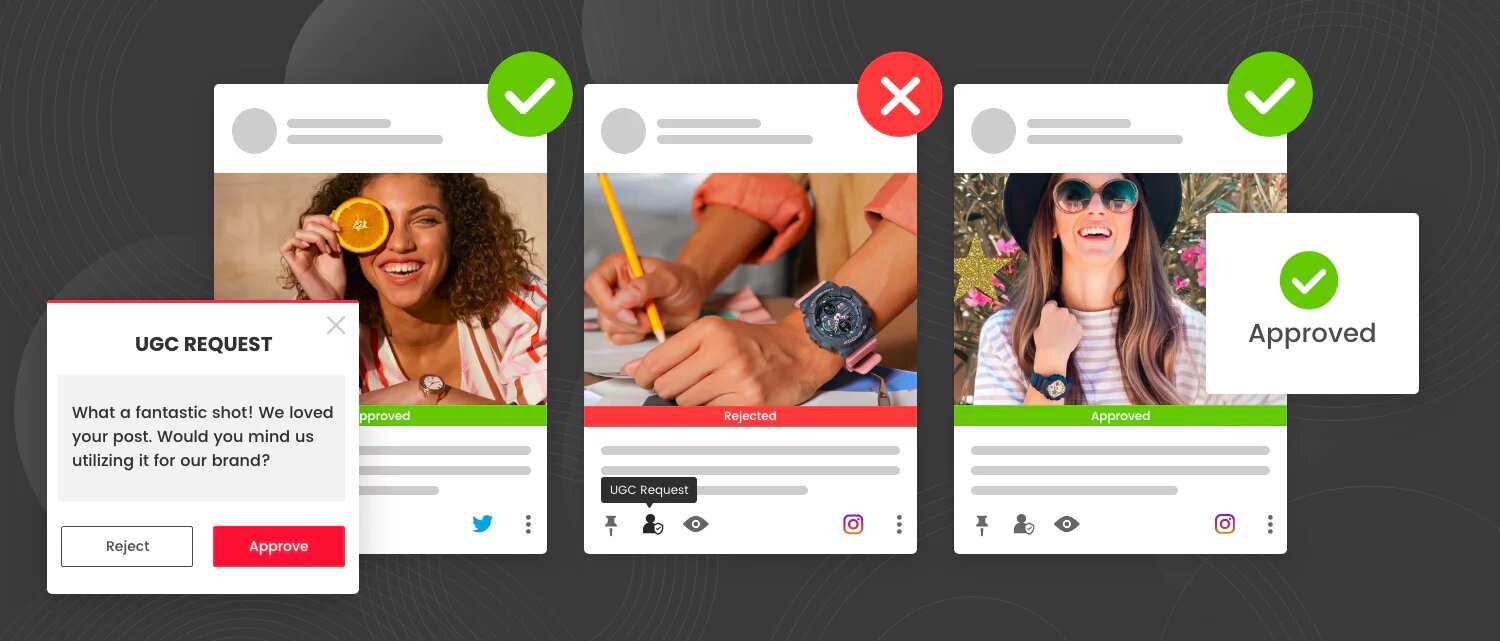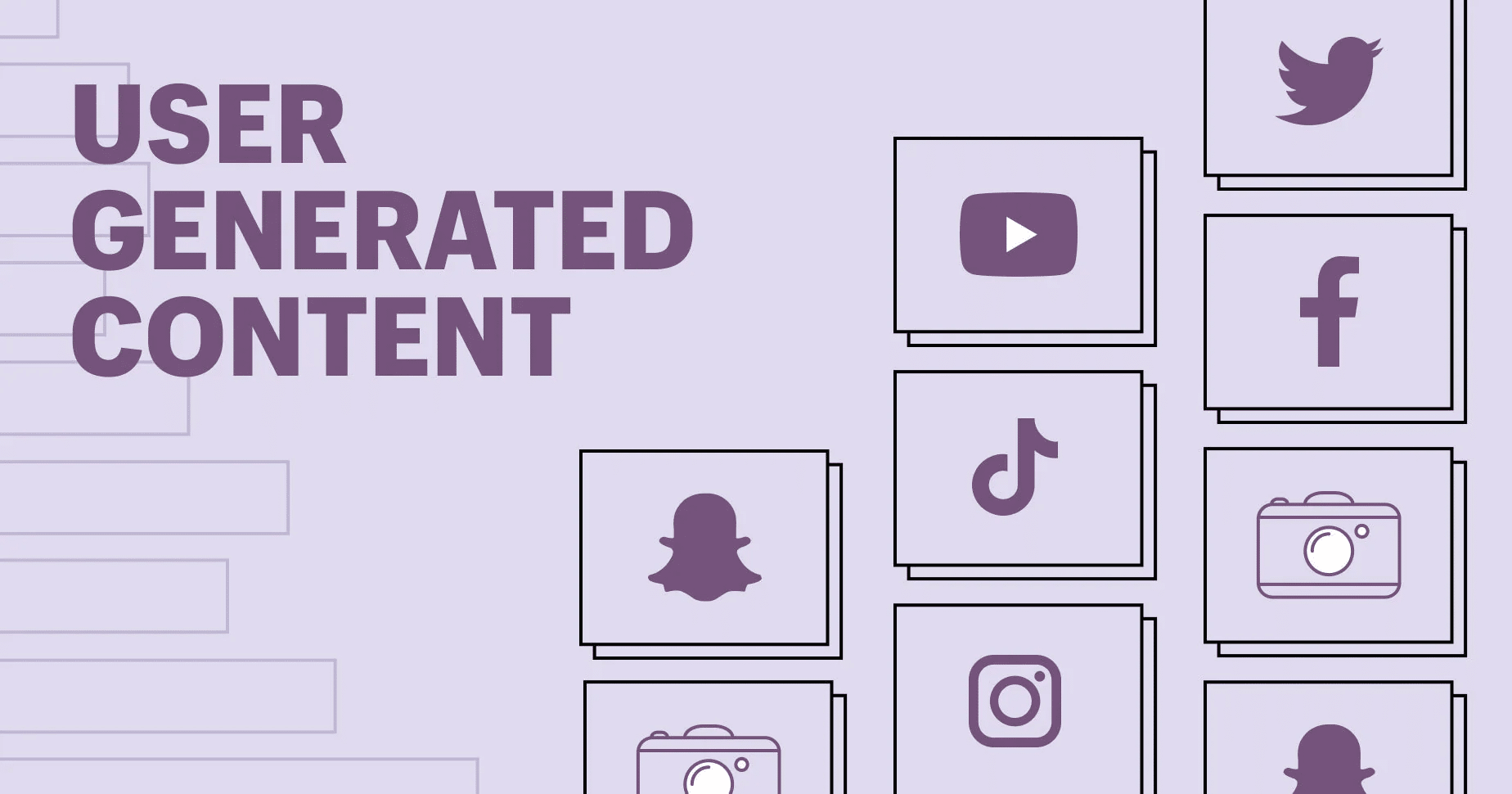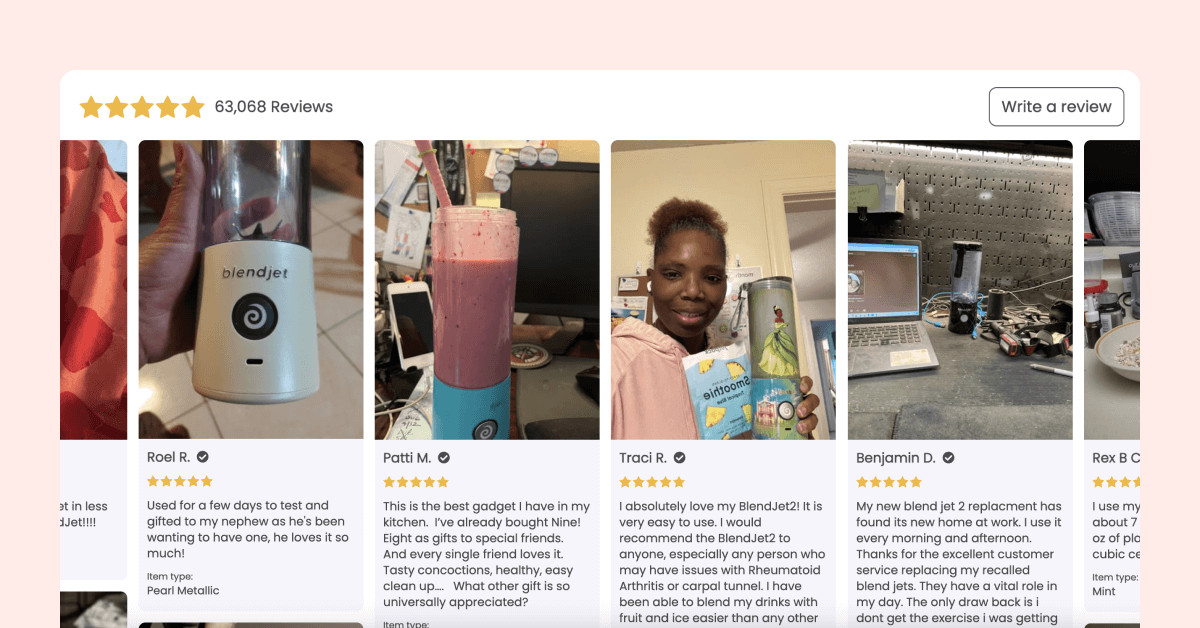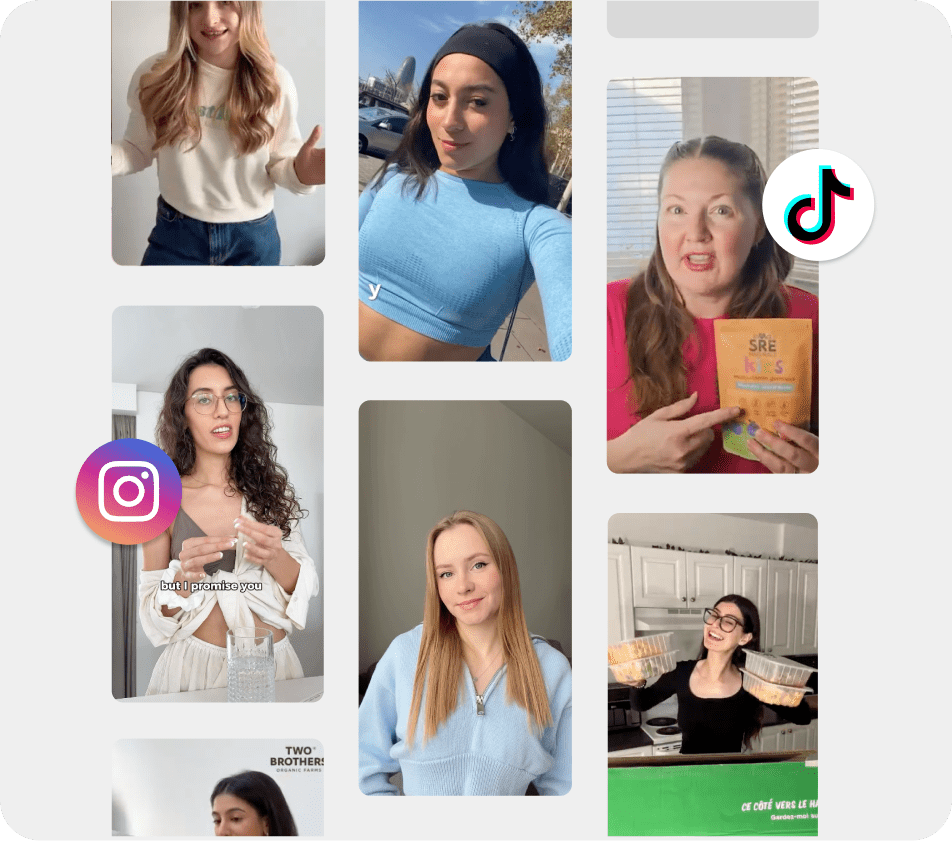“Forever in Trouble: Forever 21 Sued for $1.5 Million Over Social Media Post!”
The fast-paced world of social media can be a goldmine for brands looking to connect with their audience. User-generated content (UGC) offers a chance to showcase products authentically and engage with real customers. But a seemingly harmless retweet can land you in hot water if you don’t have the proper rights.
Just ask Forever 21, a clothing retailer that faced a hefty lawsuit after reposting a customer photo on their social media channels. The photographer claimed the brand used the image without permission, resulting in a $1.5 million lawsuit. This incident highlights the importance of UGC Rights Management.
In this blog post, we’ll explore the legalities surrounding UGC, different methods for securing rights, and ensure your brand leverages user-generated content effectively and legally.
What is UGC Rights Management?
UGC Rights Management is the process of acquiring legal permission to use user-generated content (UGC) for specific purposes. This might include using photos or UGC videos from social media on your brand’s website, marketing materials, or advertising campaigns.
It’s important to understand that simply featuring UGC on your platforms, like retweeting a customer photo, doesn’t automatically grant you the right to use it freely. UGC Rights Management ensures you have the proper authorization from the content creator, protecting both your brand and the creator from potential legal issues.

Way to get UGC Rights
Now that we understand the importance of UGC Rights Management, let’s explore how brands can acquire these rights from content creators. Here are some standard methods:
- Direct Outreach:
- This involves contacting creators directly, expressing your interest in their UGC, and requesting permission to use it.
- You can approach creators via private messages on social media platforms, email, or through their website (if they have one).
- Be clear about how you intend to use the content and offer something in return, such as compensation, product mentions, or brand collaborations with UGC Creator.
- Branded Hashtags:
- Encourage users to grant permission for their content by creating a branded hashtag for your campaign.
- The campaign guidelines clearly state that using the hashtag implies consent to use the content in specific ways (as outlined in the guidelines).
- This method allows you to gather a pool of UGC where creators are willing to have their content featured.
- Third-Party Platforms:
- Several platforms specialize in facilitating UGC rights management.
- These platforms often have pre-built tools for requesting permission, managing licenses, and tracking usage.
- They can streamline the process for brands looking to acquire rights for UGC at scale.
Here are some additional points to consider for each method:
- Always be transparent: Communicate how you intend to use the UGC and for what duration.
- Offer value to creators: Consider offering compensation, product mentions, or other incentives to encourage UGC creators to grant permission.
- Clear guidelines: Have clear terms and conditions outlining consent when using your branded hashtag.
- Respect creator rights: Don’t alter UGC significantly without the creator’s permission.
By implementing these methods and following best practices, brands can build positive relationships with creators and ensure they have the right to use UGC effectively.
Pros and Cons of UGC Rights
Understanding the benefits and drawbacks of UGC Rights Management is crucial for both brands and content creators. Here’s a breakdown of the pros and cons for each party:
Pros for Brands:
- Increased Control Over Brand Image: By securing rights, brands can ensure UGC aligns with their messaging and doesn’t portray the brand negatively.
- Ability to Use UGC Across Channels: With proper permissions, brands can leverage UGC across various marketing channels for maximum reach and impact.
- Building Stronger Relationships with Creators: Engaging in respectful negotiations and offering value fosters collaboration and loyalty from creators.
Cons for Brands:
- Time and Resources: Obtaining UGC rights can be time-consuming, especially for large-scale campaigns. Managing permissions requires resources.
- Possibility of Creators Declining: There’s no guarantee creators will grant permission, and brands need to be prepared for rejections.
- Managing Third-Party Elements: UGC might contain copyrighted elements (like logos in the background), requiring additional permissions.
Pros for Creators:
- Potential for Exposure and Brand Partnerships: A brand use of UGC can increase a creator’s visibility and lead to brand collaborations.
- Chance to Contribute to a Brand’s Marketing: Creators can feel satisfied by contributing their work to a brand they admire.
- Potential for Compensation: Depending on the agreement, negotiating permission can lead to financial rewards for creators.
Cons for Creators:
- Less Creative Freedom: Brands might have specific usage guidelines, potentially limiting creative expression in the UGC.
- Limited Compensation: Not all UGC use cases involve significant financial compensation for creators.
- Potential Copyright Issues: Creators must ensure they have the rights to any elements within their UGC (like music) before granting permission.
By weighing these pros and cons, brands and creators can make informed decisions about UGC Rights Management.
Conclusion
In Conclusion, UGC Rights Management empowers both brands and creators. By securing rights, brands safeguard their image and maximize UGC’s impact. For creators, granting permission opens doors to exposure, collaboration, and potential income. As UGC continues to evolve, understanding UGC Rights Management is critical to building successful partnerships and a thriving UGC community.





